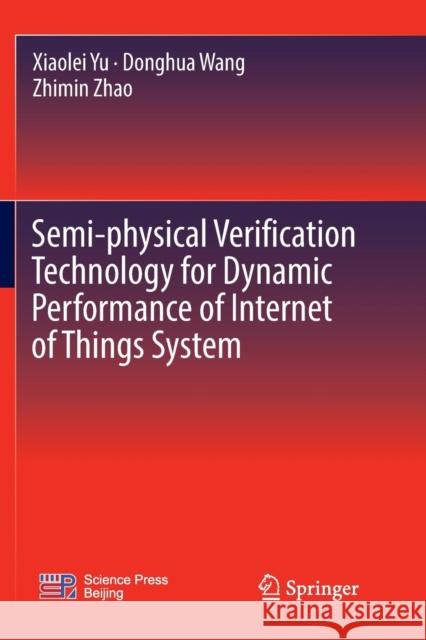Semi-Physical Verification Technology for Dynamic Performance of Internet of Things System » książka
topmenu
Semi-Physical Verification Technology for Dynamic Performance of Internet of Things System
ISBN-13: 9789811346774 / Angielski / Miękka / 2018 / 246 str.
Kategorie:
Kategorie BISAC:
Wydawca:
Springer
Język:
Angielski
ISBN-13:
9789811346774
Rok wydania:
2018
Dostępne języki:
Ilość stron:
246
Waga:
0.37 kg
Wymiary:
23.39 x 15.6 x 1.4
Oprawa:
Miękka
Dodatkowe informacje:
Wydanie ilustrowane











